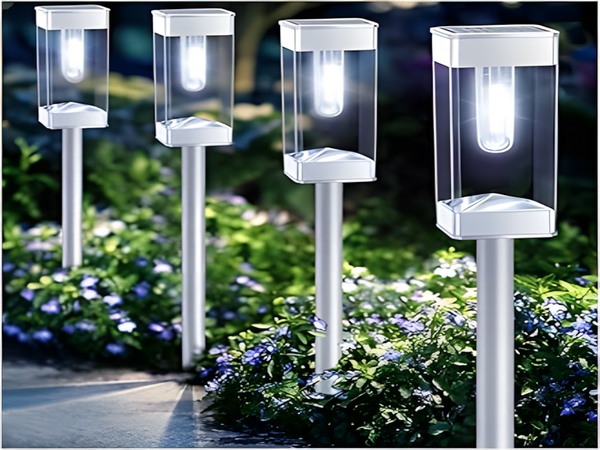

Features of Solar Landscape Lights
2016-3-8 Solar Street Lights
Solar landscape lights have high aesthetic appeal and emphasize the harmony between the lighting and the historical culture of the area, as well as its surrounding environment. They add an artistic touch to the surroundings through various shapes, styles, and brightness levels.
Applicable Scope

Solar landscape lights are mainly suitable for urban roads, community roads, green belts, industrial parks, parks, squares, pedestrian streets, and fitness and leisure plazas, where they serve to enhance decoration and lighting.
Solar landscape lights primarily utilize solar energy to provide nighttime road illumination. They are designed with high luminosity and efficiency light sources, light control, and time control features. Solar landscape lights are bright, easy to install, do not consume conventional energy during operation, are stable and reliable, require no cable installation, and have a long service life. They are considered a green energy product strongly advocated in today’s society.
Working Principle of Solar Landscape Lights
Solar panels respond to light and convert light energy into electrical power. There are many materials capable of generating photovoltaic effects, such as monocrystalline silicon and polycrystalline silicon. Their power generation principles are fundamentally similar. The following describes the photovoltaic process: P-type crystalline silicon, when doped with phosphorus, produces N-type silicon, forming a P-N junction. When light strikes the surface of the solar cell, a portion of the photons is absorbed by the silicon material; the energy from the photons excites silicon atoms, causing electrons to transition, creating a potential difference where free electrons accumulate on both sides of the P-N junction. When an external circuit is connected, current flows through the external circuit under the influence of voltage, producing a certain output power. This process describes the conversion of photon energy into electrical energy, which is completed by the solar panel, representing the daily workload of solar landscape lights.



